In a world where AI innovation moves at lightning speed, nine groundbreaking startups are reshaping how we think about technology. DeepSeek’s open-source revolution has sparked a $1 trillion market disruption, while QuantumNext’s quantum-powered drug discovery platform cuts development time by 70%.
But here’s the challenge: keeping up with these rapid advancements feels overwhelming for businesses and tech enthusiasts alike. Now, a new wave of solutions emerges – from SECQAI’s hyper-accurate quantum language models to BlockSphere’s decentralized AI networks.
These startups aren’t just building tools; they’re crafting the blueprint for our technological future.

1. DeepSeek’s Open-Source AI Revolution
DeepSeek has emerged as a significant disruptor in the AI industry by developing cost-efficient, open-source large language models. Their approach to democratizing AI technology has created ripples through the market, particularly challenging established players in the industry.
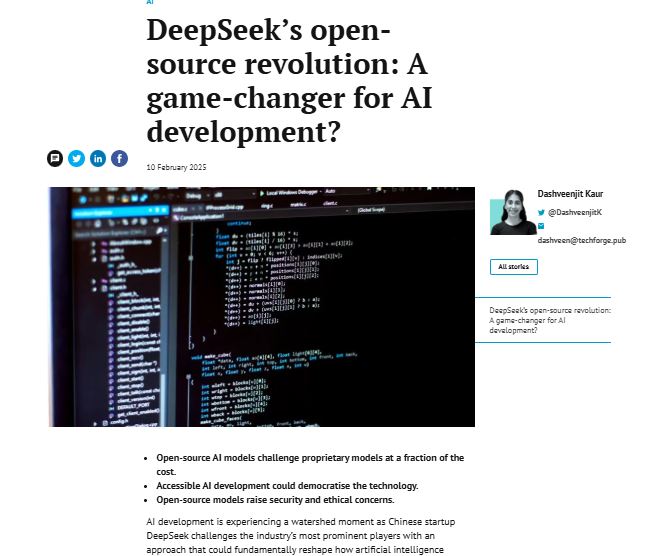
The company’s strategy of making powerful AI models more accessible and affordable has positioned them as a key player in reshaping the economics of large language models, potentially influencing how major tech companies approach AI development and distribution.
This shift towards open-source AI development has implications beyond just cost savings – it’s fostering innovation, enabling smaller companies to compete, and accelerating the overall pace of AI advancement.
Tips:
- Monitor open-source AI developments regularly for potential implementation
- Evaluate cost-benefit analysis of adopting open-source AI solutions
- Consider developing internal expertise in open-source AI technologies
- Stay informed about licensing and compliance requirements
2. QuantumNext’s Pharmaceutical Breakthrough
QuantumNext has developed specialized quantum processors that integrate with AI systems to accelerate drug discovery processes. By combining quantum computing capabilities with artificial intelligence, they’ve created a platform that can significantly reduce the time required for pharmaceutical research and development.

This integration of quantum computing and AI has shown promising results in simulating molecular interactions and predicting drug efficacy with greater precision. The technology’s ability to process complex molecular simulations in parallel has opened new possibilities for personalized medicine development.
The system can analyze millions of potential drug combinations simultaneously, something traditional computing methods would take years to accomplish. The implications for rare disease research and treatment development are particularly significant.
Tips:
- Keep track of quantum computing advancements in pharmaceutical research
- Consider partnerships with quantum computing research institutions
- Investigate potential applications in your specific research area
- Monitor regulatory developments regarding quantum-assisted drug discovery
3. SECQAI’s Quantum Language Revolution
SECQAI has pioneered the development of quantum-powered language models that demonstrate enhanced accuracy in natural language processing tasks. Their quantum LLMs have shown particular promise in specialized fields such as healthcare diagnostics and financial analysis, where precision and reliability are crucial.
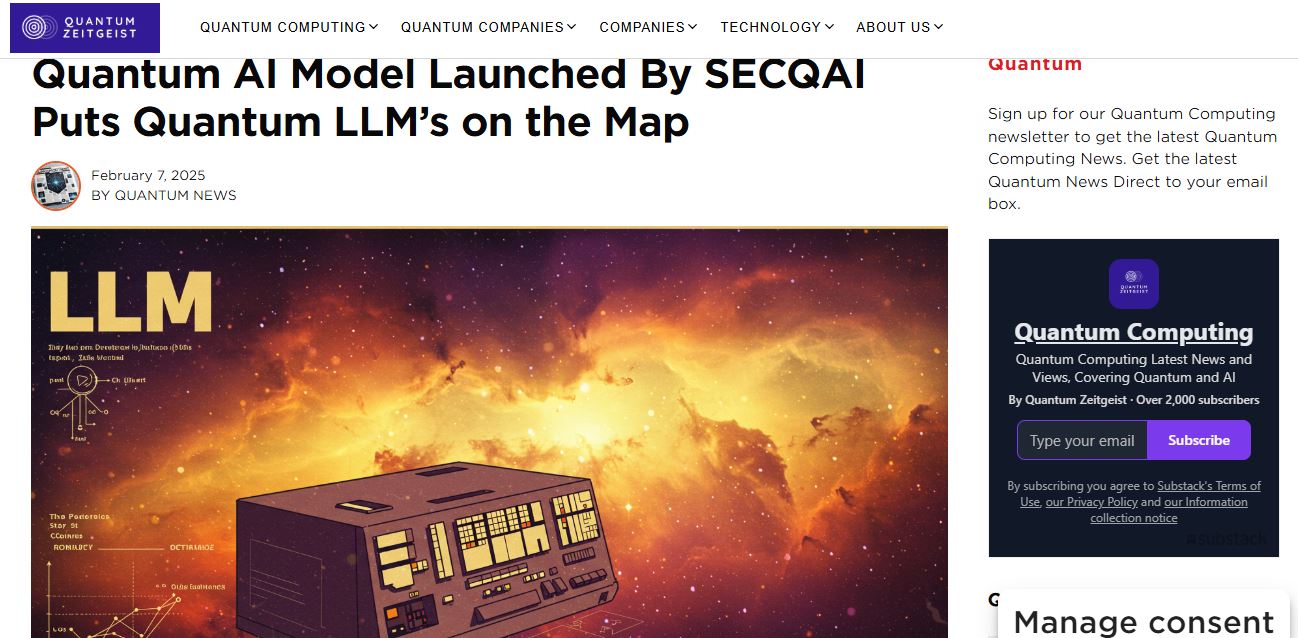
The technology combines quantum computing principles with language processing to achieve higher accuracy rates than traditional models. The system’s ability to process contextual information at quantum speeds has revolutionized how we approach language understanding in specialized domains.
This breakthrough has particular significance for real-time translation services and medical diagnosis systems. The technology shows promise in detecting subtle language patterns that might indicate early signs of neurological conditions.
Tips:
- Study quantum LLM applications in your industry
- Assess potential integration points with existing systems
- Consider staff training needs for quantum-enhanced NLP tools
- Monitor accuracy improvements over traditional models
4. Incrypteon’s Quantum Security Innovation
Incrypteon is addressing the growing concern of quantum computing threats to current encryption standards by developing post-quantum encryption solutions. Their approach focuses on creating encryption methods that can withstand both classical and quantum computing attacks, particularly important as AI systems become more sophisticated and potentially capable of breaking traditional encryption methods.
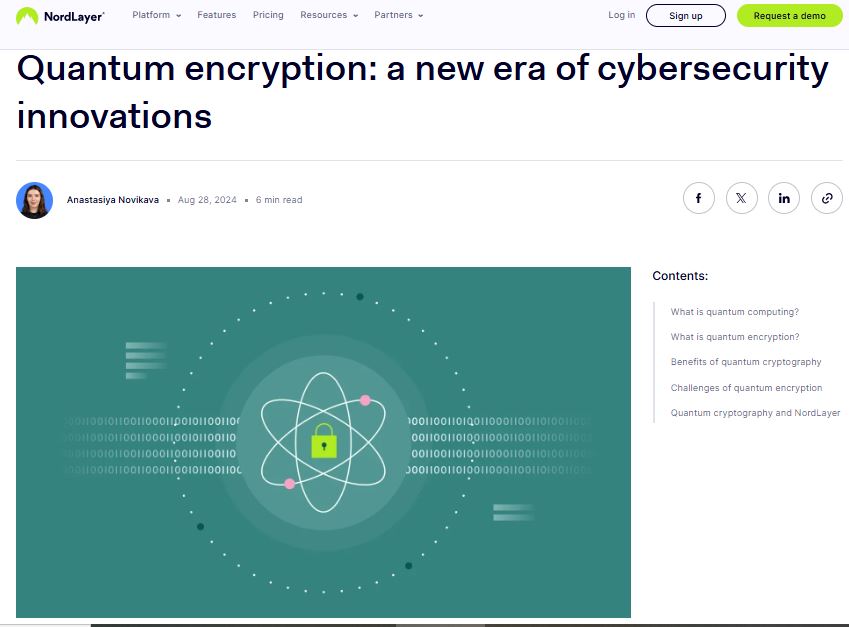
The technology utilizes advanced mathematical principles that remain secure even against quantum computers’ immense processing power. Their innovations have drawn significant attention from government agencies and financial institutions seeking to future-proof their security infrastructure.
The solutions are being designed with backward compatibility in mind, allowing organizations to transition gradually while maintaining security standards. This approach also considers the evolving landscape of AI-powered cybersecurity threats.
Tips:
- Regular assessment of current encryption protocols against quantum threats
- Develop a roadmap for transitioning to quantum-resistant encryption
- Consider implementing hybrid classical-quantum security solutions
- Stay informed about NIST post-quantum cryptography standards
5. The Evolution of Agentic AI
The AI industry is witnessing a shift from passive language models to more autonomous AI agents capable of executing complex tasks. Companies like Anthropic and Mistral are developing AI systems that can independently handle various operations, from scheduling to coding, representing a significant evolution in how AI interacts with and serves users.
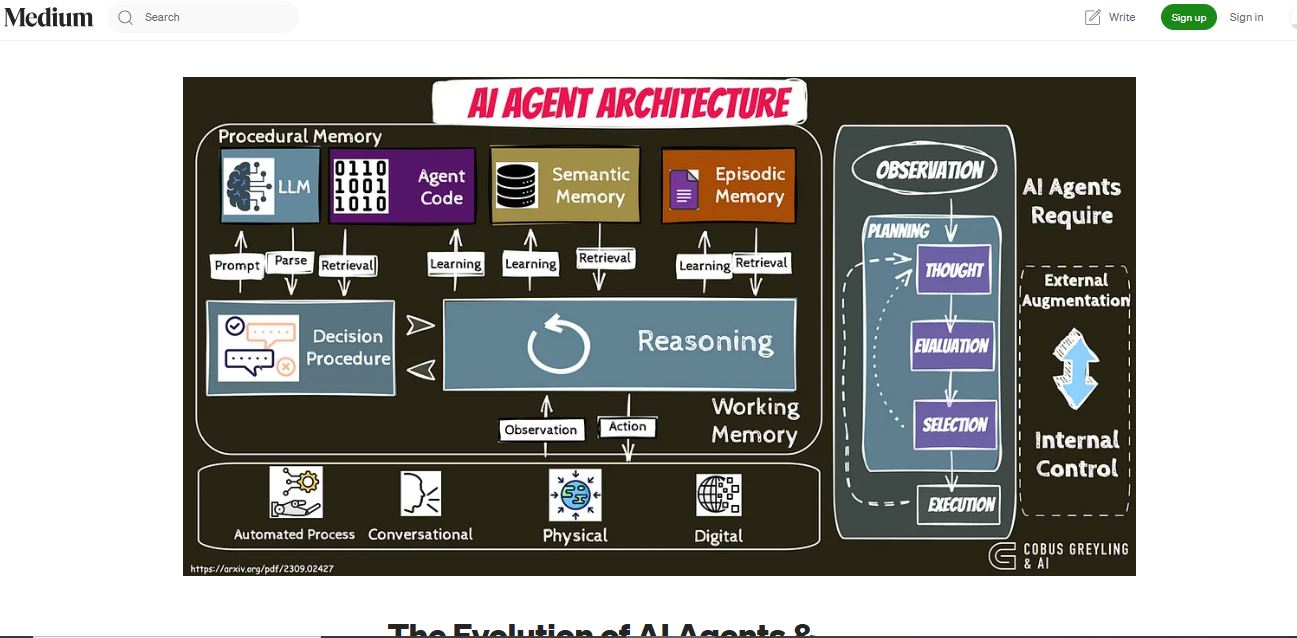
These autonomous agents are being designed with sophisticated decision-making capabilities and learning algorithms that allow them to understand context and adapt to changing situations. The development of these systems marks a crucial step toward truly intelligent automation that can handle nuanced, multi-step tasks without constant human intervention.
The potential applications range from business process automation to personal assistance, with implications for productivity and human-AI collaboration.
Tips:
- Start with pilot projects to test AI agent capabilities
- Develop clear protocols for AI agent oversight and control
- Focus on specific use cases where autonomous agents can add value
- Monitor developments in AI agent reliability and decision-making
6. NeuroLink AI’s Neural Interface Breakthrough
NeuroLink AI has developed brain-computer interface technology that enables direct communication between human brains and digital devices. Their work has shown particular promise in helping paralyzed individuals gain greater independence through mental control of devices, while also exploring potential applications for cognitive enhancement in healthy individuals.
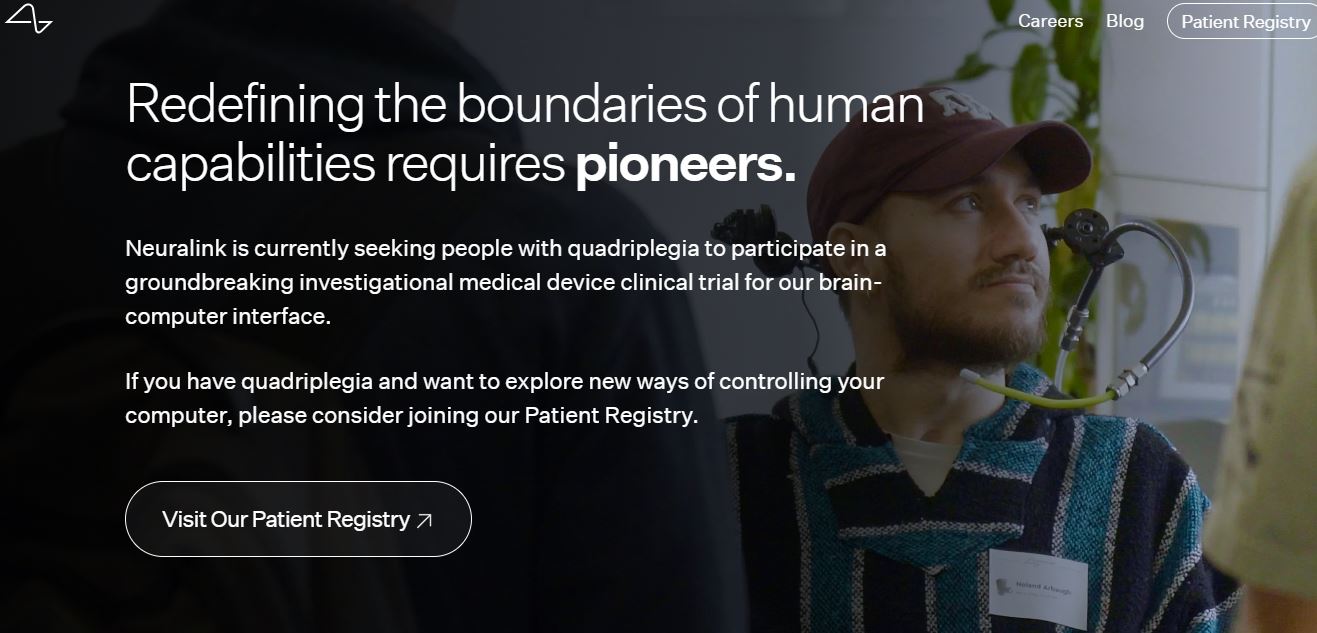
The technology represents a significant advancement in neural interface design, incorporating AI to interpret and translate brain signals with unprecedented accuracy.
This breakthrough has implications beyond medical applications, potentially opening new frontiers in human-computer interaction and cognitive augmentation. The system’s ability to adapt to individual neural patterns makes it increasingly effective over time, leading to more natural and intuitive control.
Tips:
- Follow clinical trial developments and safety studies
- Consider potential applications in rehabilitation and therapy
- Monitor ethical guidelines and regulatory frameworks
- Stay informed about advances in neural signal processing
7. QpiAI’s Quantum-AI Industrial Integration
QpiAI has created an integrated approach combining quantum computing and AI specifically targeted at industrial applications. Their solutions focus on optimizing complex operations in logistics, manufacturing, and research, demonstrating significant cost reductions through improved efficiency and decision-making capabilities.

The system’s ability to process vast amounts of data and optimize complex systems in real-time has revolutionized industrial operations. Their approach includes specialized algorithms that can handle uncertainty in quantum systems while maintaining practical applicability in industrial settings.
The technology has shown particular promise in supply chain optimization and energy grid management, where complex interdependencies make traditional optimization methods inadequate.
Tips:
- Identify specific industrial processes suitable for quantum-AI optimization
- Conduct pilot programs to measure potential efficiency gains
- Develop internal expertise in quantum-AI applications
- Monitor industry-specific case studies and ROI metrics
8. DeepSeek’s Global Talent Strategy
DeepSeek’s success in attracting top AI talent highlights changing dynamics in the global AI workforce. Their approach, emphasizing autonomy and open-source development, has attracted engineers who value these aspects over traditional Silicon Valley offerings, potentially signaling a shift in how AI talent views career opportunities.

The company’s ability to create an environment that balances innovation with individual freedom has created a new model for talent acquisition in the AI industry.
Their success has implications for how companies structure their research and development teams, particularly in terms of allowing creative freedom and encouraging open collaboration. This shift represents a broader trend in how technical talent views their role in advancing AI technology.
Tips:
- Evaluate current talent retention strategies
- Consider implementing open-source friendly policies
- Develop clear paths for technical autonomy and growth
- Create balanced compensation packages beyond traditional benefits
9. BlockSphere’s Decentralized AI Ecosystem
BlockSphere is developing blockchain-based solutions to address challenges in AI agent coordination and management. Their approach focuses on creating secure, decentralized networks for AI agents to collaborate effectively, particularly targeting enterprise environments where managing multiple AI systems can become complex.

The platform incorporates advanced consensus mechanisms to ensure reliable and transparent AI agent interactions. Their technology allows for scalable deployment of AI systems while maintaining security and accountability through blockchain verification.
The system’s ability to create trustless cooperation between AI agents opens new possibilities for distributed AI applications and services.
Tips:
- Evaluate potential use cases for decentralized AI in your organization
- Consider the implications of blockchain-based AI governance
- Monitor developments in AI agent interoperability standards
- Stay informed about regulatory frameworks for decentralized AI systems
RELATED:
Tips for Writing the Article
- Start with DeepSeek: Use its market impact to frame the broader narrative of AI commoditization and geopolitical shifts.
- Highlight Contrasts: Compare Western quantum/AI efforts (e.g., IBM, Google) with agile startups like QuantumNext and SECQAI.
- Use Analogies: Compare today’s AI agent boom to the 1990s internet boom, emphasizing lessons learned.
- Focus on Human Stories: Profile engineers like Zizheng Pan (DeepSeek) or Junxiao Song to illustrate talent migration trends.
- Address Risks: Mention ethical concerns (e.g., NeuroLink’s BCIs) and the urgency of quantum encryption.
Final Thoughts
Avoid treating these startups as isolated players—emphasize how their innovations intersect (e.g., quantum AI enabling BCIs, blockchain securing agent ecosystems).
Highlight 2025 as a tipping point where niche technologies achieve scalability, and underline the global rivalry between China’s cost-driven models and Western moonshot projects. Use data from the search results to quantify impacts (e.g., “$600B Nvidia loss,” “40% cost reduction”).
Tired of 9-5 Grind? This Program Could Be Turning Point For Your Financial FREEDOM.

This AI side hustle is specially curated for part-time hustlers and full-time entrepreneurs – you literally need PINTEREST + Canva + ChatGPT to make an extra $5K to $10K monthly with 4-6 hours of weekly work. It’s the most powerful system that’s working right now. This program comes with 3-months of 1:1 Support so there is almost 0.034% chances of failure! START YOUR JOURNEY NOW!

